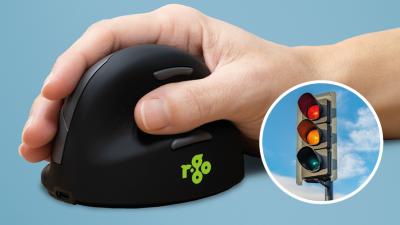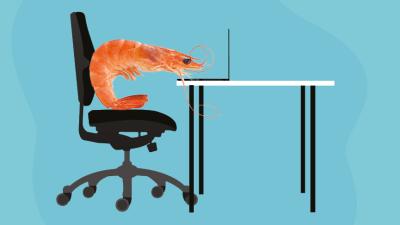
ADHD in the workplace: how can we help people reach their full potential?
Attention deficit and hyperactivity disorder (ADHD) is a commonly misunderstood neuro-behavioural condition which affects adults and children - sometimes impacting family life, relationships, careers and long-term self-esteem.
There are lots of myths surrounding ADHD, from the idea that it's not a 'real' medical disorder, to the misconception that only children have it.
Unfortunately, there is still a fair amount of stigma around ADHD, with people even dismissing it as an excuse for laziness, ineptitude and bad behaviour.
Research shows that ADHD has no bearing on an individual's intelligence. Though the traits of ADHD vary between individuals, many people with ADHD are extremely bright and highly creative.
Managing ADHD and work can sometimes be problematic however. Company life can be structured and systematic: there are deadlines to meet and processes to follow. For a person whose mind is constantly wandering around searching for the most stimulating thought or task, it can be challenging to ‘conform’ to the rules and stay on track. For many people with ADHD, interest trumps importance. You might find you can become entirely absorbed for hours on end in an activity that mentally stimulates you, while completely forgetting about the mundane admin tasks you are supposed to be doing too. The reward of pleasing a manager does not match up to the dopamine reward of complete creative absorption.
Here are some typical ADHD behaviours which can be highly advantageous at work:
- The ability to see the ‘big picture’
- Being creative and inventive
- The ability to focus intensely for long periods of time
- High levels of energy
- Risk-taking leading to discoveries
- Being intuitive
Easy-to-implement ideas for improving your working environment if you have ADHD
1. Use a sit-stand desk
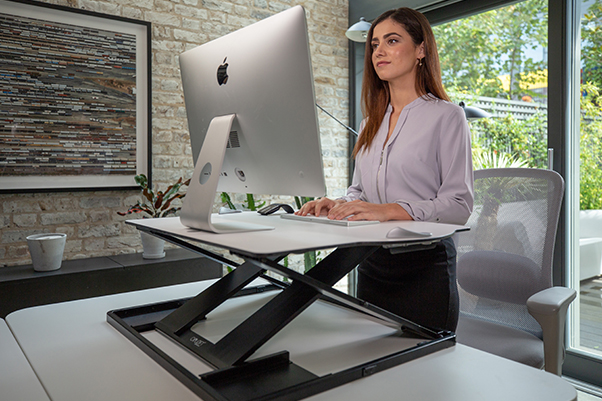
A quick browse on the ADHD feed on Reddit shows some of the advantages of standing desks for ADHD. These desks are designed to move up and down, and people are finding they help when it comes to focusing on computer tasks. Here's what some of them had to say:
"I've been using an adjustable standing desk for 5 years now, and I love it for a variety of reasons. It does make it easy to fidget and stay focused."
"I know it's been said around here before from time to time, but I finally got a standing desk at work, and its an absolute GAME CHANGER! Now when I'm at my sit-stand desk, I'm constantly focused. Can't explain it, but when I was sitting, I was more likely to get distracted and drift into the internet or a game on my phone. There's something about standing up that just keeps me focused on my task at hand. If you have a desk job, try a standing desk. Amazing."
We have lots of ergonomically-designed sit-stand desks to choose from, and they don't have to be costly. For an affordable option, simply place our Opløft on top of your existing surface to transform it into a height-adjustable platform.
2. Seek out greater flexibility

Offices can be busy, stimulating places. If you have ADHD, the noise, movement, conversations and activities in the office can make it hard to focus. If you can find a job which allows you to work from home, or better - from a variety of environments – it could help you to concentrate and help prevent boredom.
3. Use wireless noise-cancelling headsets

Wireless headsets allow you to get up and walk around while talking on the phone, which is perfect for a fidgeter. They also allow greater audio clarity so you are less likely to be distracted by external sounds.
4. Create quiet spaces
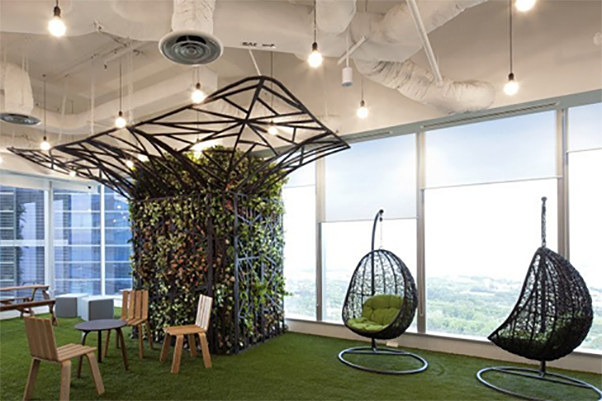
Consider redesigning your working space to include a more secluded area - if that's possible. You can then retreat for some quiet time if you need a change of environment or to focus.
5. Think about seating
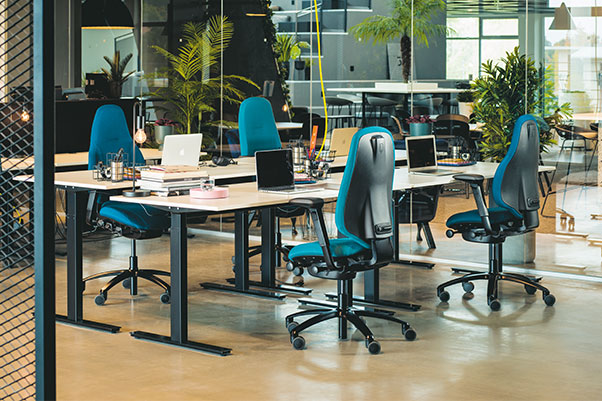
It’s also a great idea to invest in comfortable seating. For people with ADHD, a chair is important. A model that offers flexibility and movement like the HÅG Capisco Puls 8020 Black Office Chair could be a huge benefit.
Choosing different seating for quiet spaces is a good investment too. This way, you can offer employees a respite from their everyday office chair.
6. Request a mentor
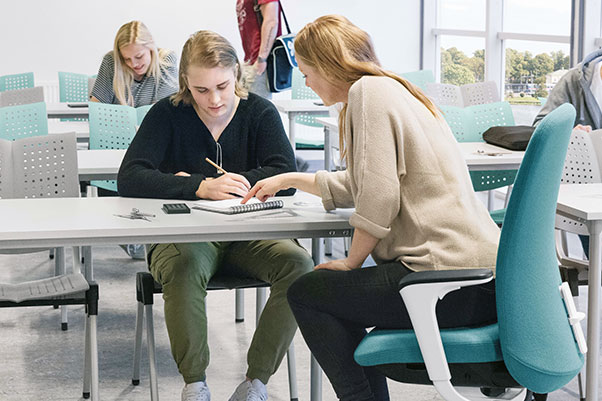
You might have the option to join up with a workplace mentor who will help you with behind-the-scenes planning, such as time management and prioritising of work tasks. Having a neutral person rather than a manager doing this will prevent any (unfounded) feelings of embarrassment that can come with needing extra support.
7. Encourage notes in meetings
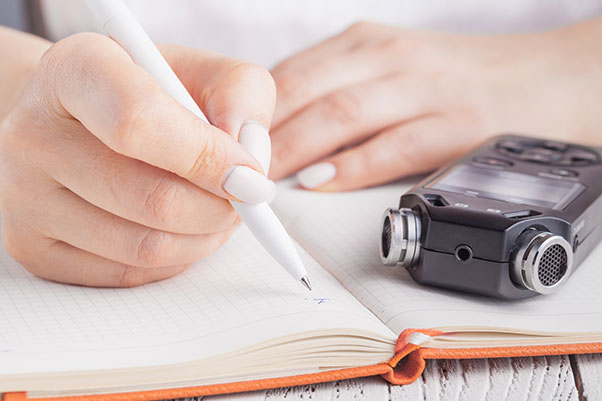
Record meetings using a high-quality voice recorder so you can listen back if you missed anything at the time.
Finally, have a watch of the Posturite webinar ‘Understanding ADHD in the workplace’ co-hosted by the Business Disability Forum.








